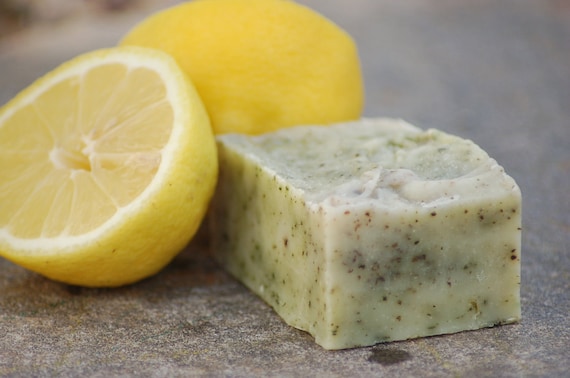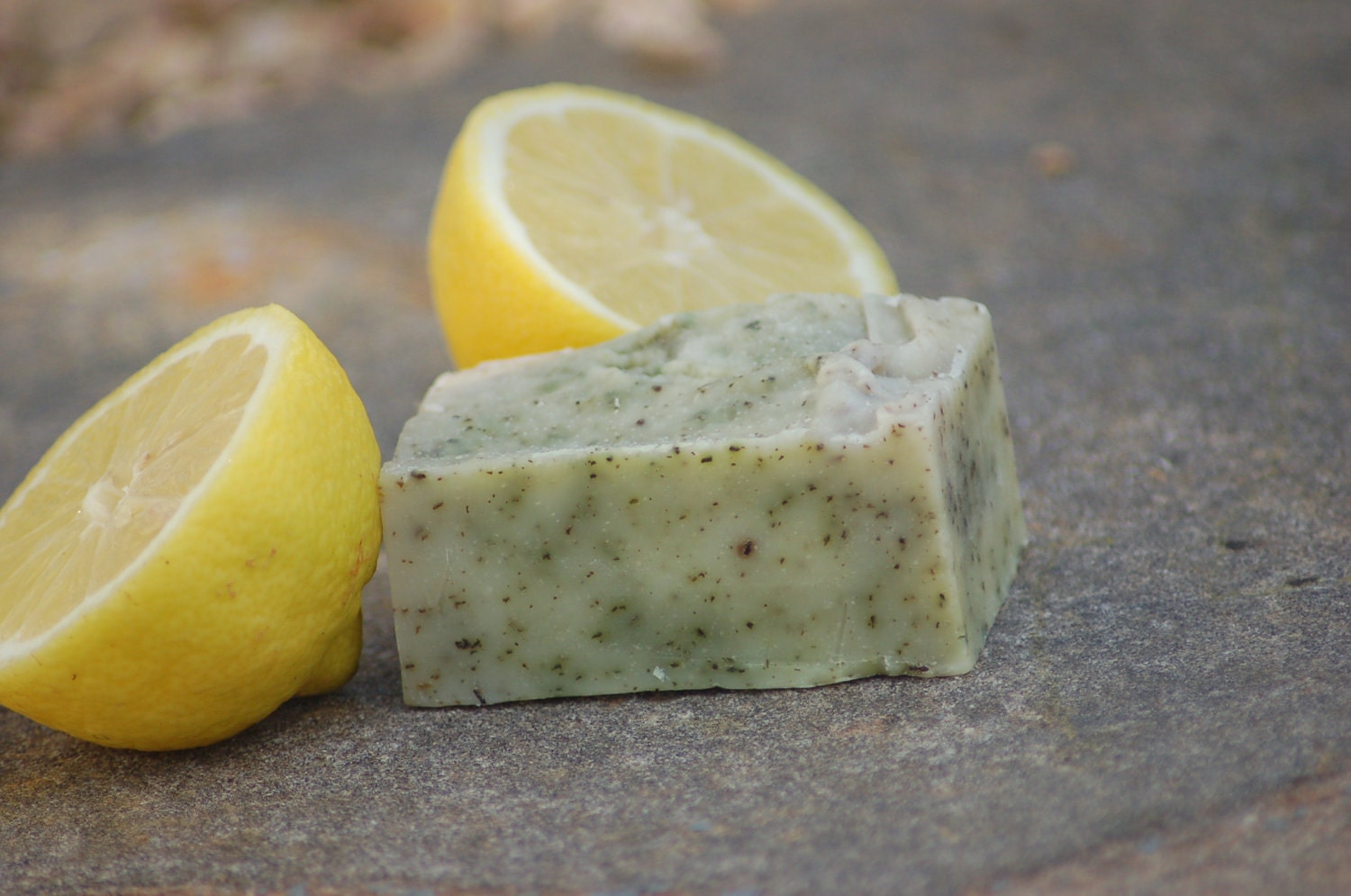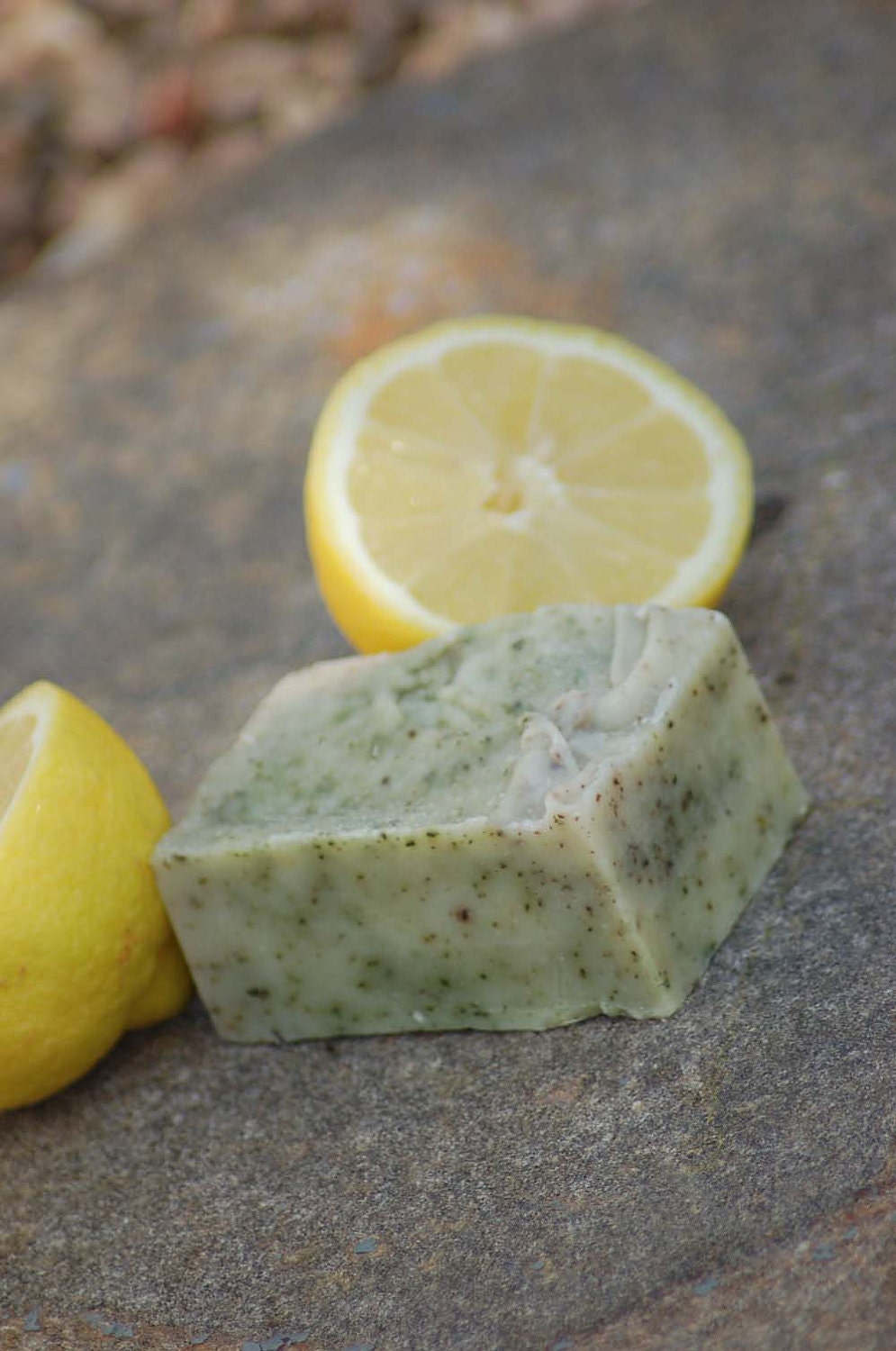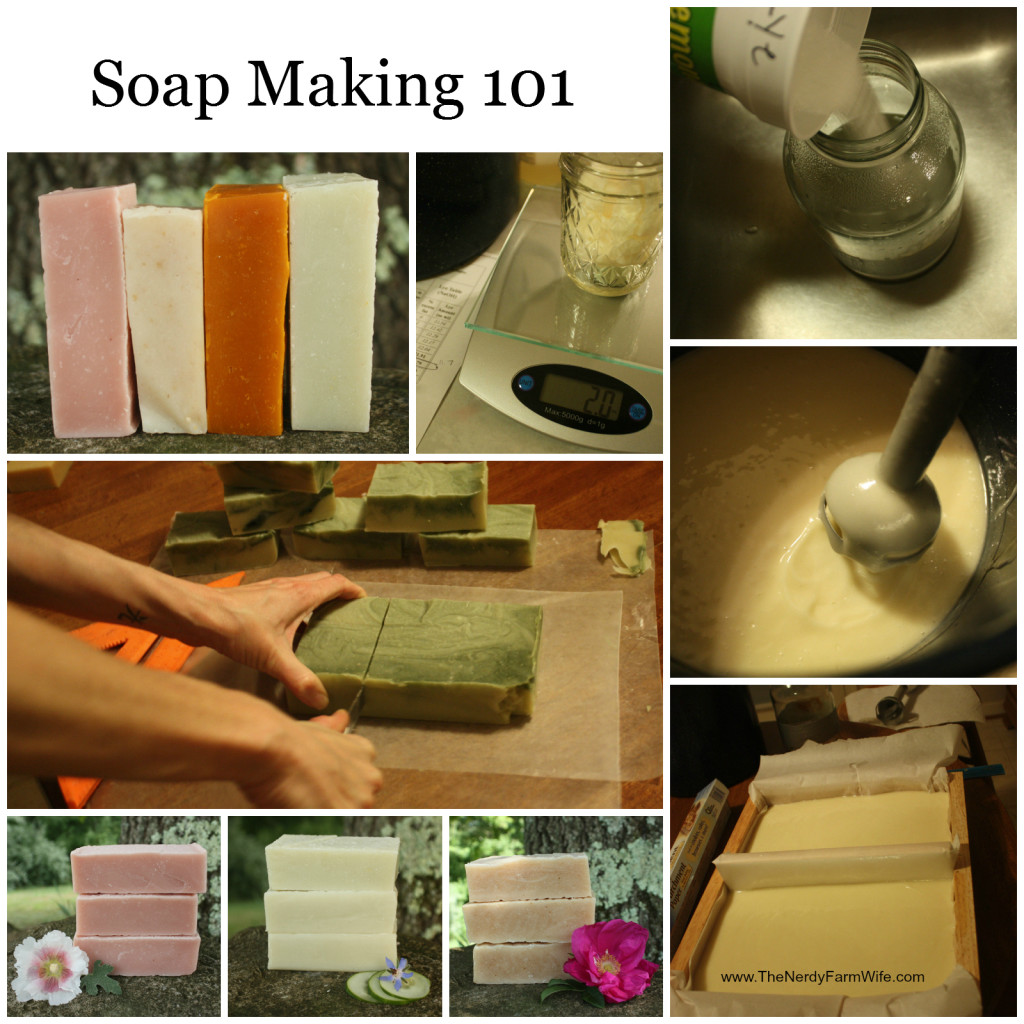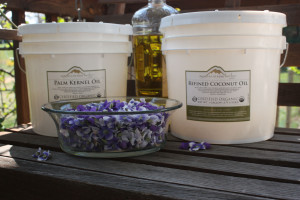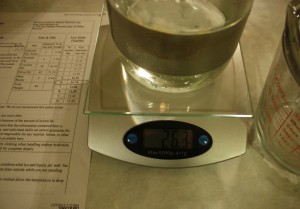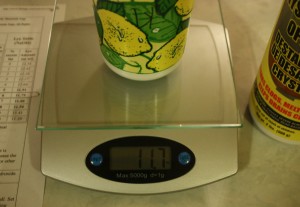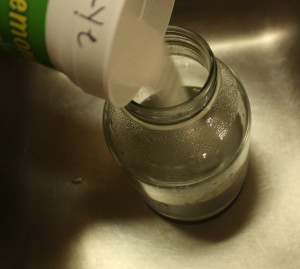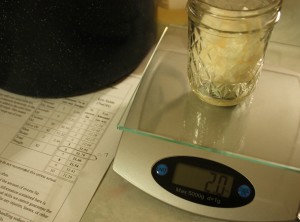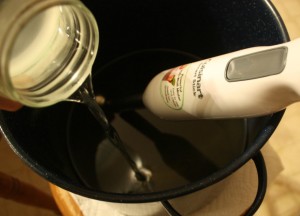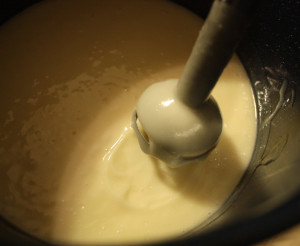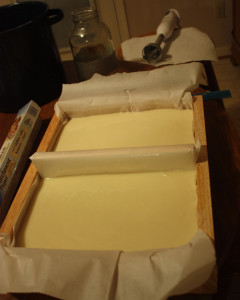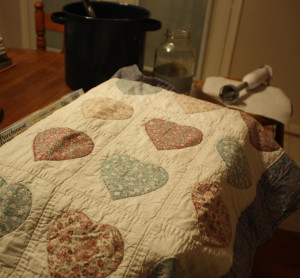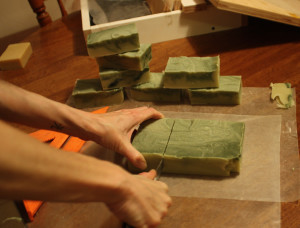A little mid-winter pick-me-up to remind us that spring is around the corner.
Rose Soap Petals
~Rose petals from
silk roses (You can buy them already cut, or cut the petals off from the flowers yourself)
~Melt and Pour clear glycerine soap (available at most craft stores)
~Fragrance oil (optional)
Cut 6 ounces of soap into 1" chunks.
Place soap chunks into microwave safe container and melt according to package instructions. Mine took about 1 minute. Stir in a few drops of fragrance oil, if desired.
Use tweezers to dip rose petals into melted soap.
Let soap drip off petal and then place on waxed paper or parchment paper to dry.
When leaves are cool, peel off from paper.
To Use:
Use one petal to wash hands. There is just enough soap on each petal to get your hands nice and clean. Dispose of used petal or save to be coated and re-used again.
*These make a great favor for baby or bridal showers.
*Keep a few leaves in a baggie in your purse to have on hand in case someplace is out ( many public restrooms never seem to have soap).
*Tuck a package of these in a
gift basket for a new mom or sick friend.

